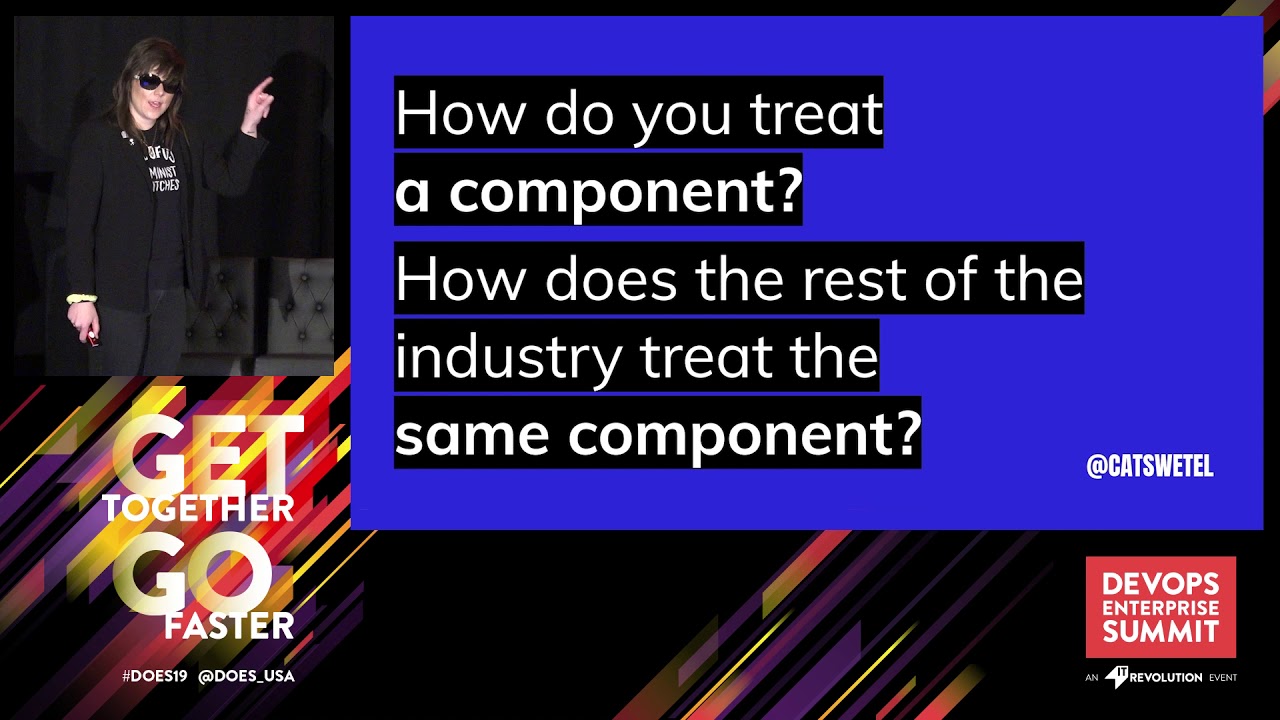
This presentation explains how Wardley Maps were used to inform the always evolving strategy for the modernization of Ticketmaster’s core ticketing platform not only in terms of technical capabilities and architecture but also process maturity, organizational design, and more.
A Wardley map is a map for business strategy. Components are positioned within a value chain and anchored by the user need, with movement described by an evolution axis. Wardley maps are named after Simon Wardley who created the technique in 2005 having created the evolutionary framing the previous year. Wardley Mapping is a visual approach to business analysis and strategy modeling that makes it easier to communicate about how things work, where the problems are, and what we intend to do about them. As a result, we can steer clear of unforced errors and bring a nuanced understanding to bold new opportunities. Each component of Wardley maps is classified both by the value it has to the customer or user and by the maturity of that component. The maturity can range from custom-made to commodity. Components are drawn as nodes on a graph with value on the y-axis and commodity on the x-axis. A custom-made component with no direct value to the user would sit at the bottom-left of a Wardley map while a commodity component with high direct value to the user would sit at the top-right of such a graph. Components are connected on the graph with edges showing that they are linked.
Video producer: https://itrevolution.com/


